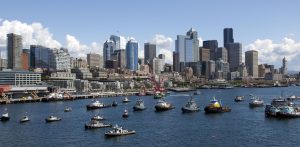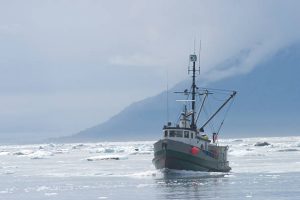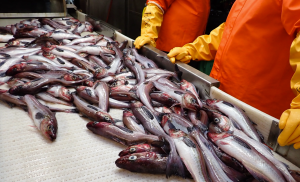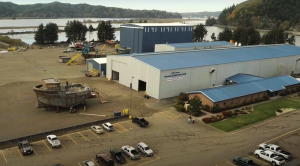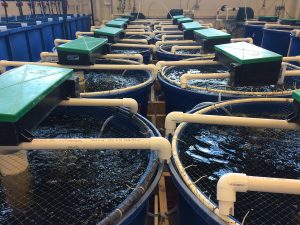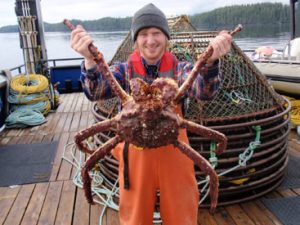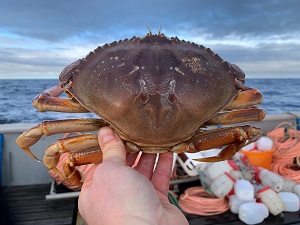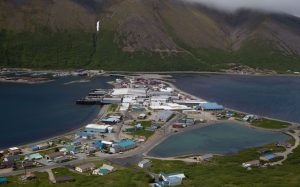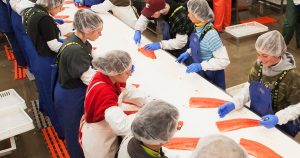Dredging Project Begins at Unalaska Dutch Harbor in Alaska
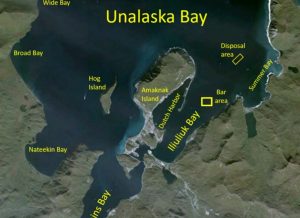 A critical infrastructure project is officially underway in Alaska, which will significantly enhance navigation and strengthen the economy for one of the nation’s most vital fishing ports. The U.S. Army Corps of Engineers (USACE) Alaska District has announced the beginning of dredging operations for the Unalaska-Dutch Harbor Channels Project. Work began in June, targeting a shallow bar that has been a challenge for larger vessels attempting to enter Iliuliuk Bay and access Dutch Harbor.
A critical infrastructure project is officially underway in Alaska, which will significantly enhance navigation and strengthen the economy for one of the nation’s most vital fishing ports. The U.S. Army Corps of Engineers (USACE) Alaska District has announced the beginning of dredging operations for the Unalaska-Dutch Harbor Channels Project. Work began in June, targeting a shallow bar that has been a challenge for larger vessels attempting to enter Iliuliuk Bay and access Dutch Harbor.
Dutch Harbor, consistently ranking among the top fishing ports in the United States by volume and value, is the cornerstone of the Alaskan and national seafood industry. However, the shallow bar at the entrance to Iliuliuk Bay has historically restricted the size of ships that can safely navigate the channel, particularly during certain tides. This hurdle has caused delays and increased operational costs for fishing fleets and cargo vessels as well as limiting growth and efficiency within the port.
The $9.2 million project, awarded to J.E. McAmis Inc. of Chico, California, is a collaborative effort with the City of Unalaska. Funded 75% by the federal government and 25% locally, the completed project should alleviate the historically long navigational constraints. The primary objective is to remove approximately 172,000 cubic yards of sediment from the channel. This will create a new, expanded channel measuring 600 feet by 600 feet, with a significantly increased depth of 58 feet. This deeper and wider passage will allow larger, more modern vessels to access Dutch Harbor with greater ease and safety, regardless of tidal conditions.
 Maritime Injury Law Blog
Maritime Injury Law Blog


